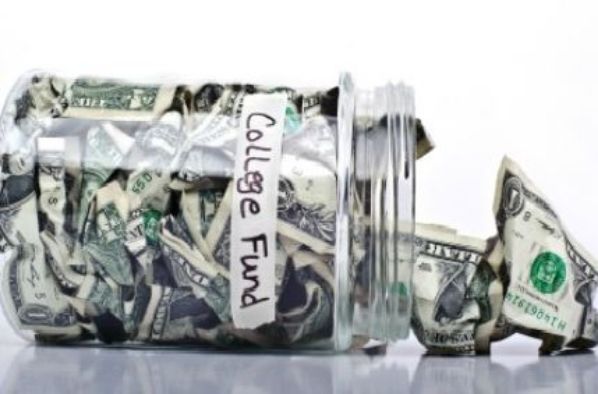It’s not the seventies anymore. The cost of preparing for college is being borne more and more by parents, not schools.
The Wall Street Journal reported today on how more and more parents are looking to explore private, personalized options for making sure their kids are ready for college. One sign of this developing trend is the launching of Marianna McCall’s Fairfield, Connecticut-based Trust for Learning (to which Ms. McCall personally donated $150,000).
The Trust for Learning, according to a press release, focuses on raising academic standards, introducing more rigorous assessments, and promoting better teaching. “Not everyone can afford to send their children to private schools that make these options available,” Stephanie Miller, executive director of Trust for Learning, was quoted saying.
For parents, costs for providing their kids an education now begin as early as the first five years. So what are the costs associated with preparing a child for college?
Consider that a private tutoring package for a single AP (English Literature, say) with a Princeton Review tutor will cost at least $1300. At Kaplan, the price for private tutoring will range from anywhere between $1,299 to $4,699. The advent of online options is doing much to provide lower-cost, more flexible alternatives: Kaplan’s online prep course is $99. Then there’s Knewton, Grockit, College Board and ePrep – not to mention the many, many more non-national options available.
Much ado was made over a 2009 National Association for College Admission Counseling (NACAC) Study which pointed that standardized testing provided, on average, only a 30 point difference in SAT scores. Yet few point to the fact that most of the data used in their academic research base was from before 2000. The fact is, many parents will stop at nothing to improve scores even minimally, and if 30 points is enough to beat the cut-off line for a prestigious university, then many will deem the money worth it.
And what about college visits? Depending on where the family lives, the travel costs can be prohibitive for many families. What’s more, students are applying to more and more colleges and acceptance gets more and more competitive. In more affluent families, the average could easily be 10 or more.
Furthermore, the competition is not limited just to public and private-school students in the United States. NACAC reports that “between the academic years of 2006-7 and 2010-11, US Institutions saw undergraduate enrollment from China soar to staggering new heights.” As of 2011, there were 57,000 Chinese undergrads at American universities, as opposed to 8,000 five years ago.
This isn’t to say that universities don’t feel pressure to cut costs. All institutions participating in Title IV student financial aid programs are now required to install a net price calculator on their websites, as mandated by the Higher Education Act of 2008. All this really does, however, is increase transparency; with a college degree mandatory for most white-collar jobs in our economy, it’s unrealistic to think the growth of higher education is going to slow down as people struggle to find work.
This is an excellent reason why, more than ever, parents ought to be allowed as much school choice as possible. Without the opportunity to keep their kids as competitive as possible in the national and now global educational marketplace, the education gap between rich and poor will undoubtedly widen as wealthy families continue to invest and poorer families are left behind.


